How to Catch Big Smallmouth Bass
“I have no idea how many 5-pounders I’ve caught,” said Pennsylvania angler Freddy Roman while talking about big smallmouth bass, “but my biggest is 6 pounds and 12 ounces.” Most anglers are lucky to boast a handful of 5-pound smallmouth in their lifetime, but Roman has caught so many big smallmouth bass over the past 50 years, he has lost track.
With so much history and success, Roman gives much credit to an “old school” tool and three key baits.
Old School Tool: Logging Catches
Roman’s success begins before launching his boat by doing a little homework and reviewing his old log books.
“There are some apps today that will do this, but I still log the old school way with a notepad,” he begins. “When you get to my age, it’s easy to forget how many years ago or what year I caught this or that, so I log each successful catch. They’re organized by date, so when I’m heading out in August to Lake X, I can look up what was successful there during that time in my log books. This eliminates a great deal of time searching on the water.”
His logs include the following:
- Date
- Location – lake & GPS coordinates
- Water temperature
- Time of day
- Weather – sunny, cloudy, rain, wind, etc.
- Water level
- Bait – color, size, weight, etc.
“The logs give me a starting spot, but it is important to not to allow it to dictate the day.” He explains, “Smallmouth are gypsies, wanderers. They follow the bait and do a terrible job of following the rules, but I’ve found that they’re usually pretty close to the spots from previous years.”
“
Smallmouth are gypsies, wanderers. They follow the bait and do a terrible job of following the rules..
3 Key Baits for Big Smallmouth Bass
Tube Bait
“My number one bait is a tube.” He quickly points out, “It is not just a late summer bait; it is a year-round bait.” After long casts, maintaining bottom contact is the goal while working it with show hops and crawling back to the boat. “A ¼ ounce (tube jig) is what I start with, but I let the depth and current determine it.”
In heavier flow and deeper water, he will opt for heavier weights and vice versa in opposite conditions. “If I know what the bass are eating, I choose a color to mimic that, but when I’m not sure, green pumpkin with purple flake is my confidence color.”
“
If I know what the bass are eating, I choose a color to mimic that, but when I’m not sure, green pumpkin with purple flake is my confidence color.
Contrary to many anglers, Roman uses a bait casting rod with his tube. “My rod is 7’3” with a Medium Action with Fast Tip. My reel has a 6.1 gear ratio and is spooled with 10-pound Seaguar Invizx fluorocarbon line.”
Drop Shot Rig
“I Power Shot more than drop shot,” admits Roman. The difference between the two is line diameter and rod choice. Drop shotting is typically done with flimsy spinning rods and light line while power shotting is the opposite. “I use the same baitcasting rod as I do for my tube, rig it with 15-pound braid line, and attach it to 10-pound fluorocarbon Invizx with a lefty kreh knot.”
Normally Roman power shots in water 15 feet or deeper, but he is not afraid to sling it into the shallows. “Ordinarily, I drop this whenever I’m seeing fish with my graph. If they get right under the graph, I’ll drop it on their heads, otherwise I cast it.”
His favorite bait is a 2.8-inch Keitech Fat Swing Impact swimbait in the alewife color scheme. Like the tube, the conditions determine how heavy of a weight to use, but ¼ ounce is a good place to start. A 1/0 mosquito hook gets the nod.
“
Never forget a blade bait either. Most people thing that’s a cold water bait, but I’m telling you it works all year.
Ned Rig
“Just like a Senko, this is the ultimate do-nothing bait,” attests Roman. “This is the best bet any time the fish are fickle. Just give it a little hop, let it sit, and repeat back to the boat. Give it as little action as possible.”
He points out that this is only possible when using a buoyant bait. “I use 1/8-ounce weights most of the time and dark colors like green pumpkin/black or black & blue are my favorites.” Spinning rods spooled with 6-pound Invizx fluorocarbon line get the call.
He adds, “Never forget a blade bait either. Most people thing that’s a cold water bait, but I’m telling you it works all year. When all else fails, throw the blade!”
You should also never forget to protect your boat either – make sure it is armed with Megaware boat protective products.

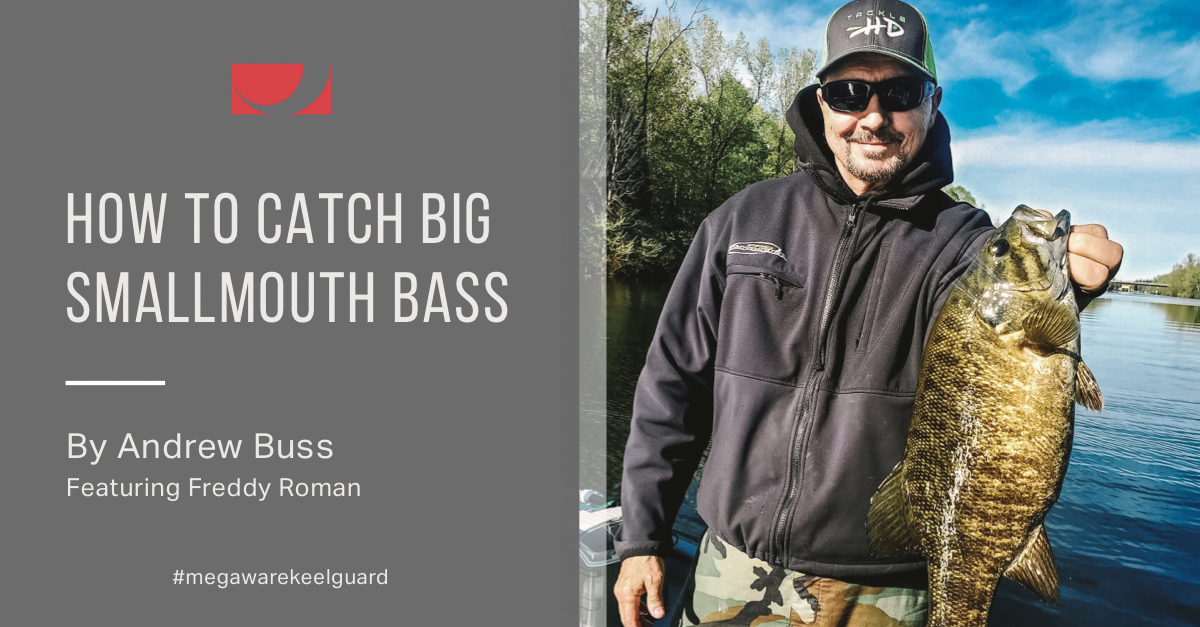
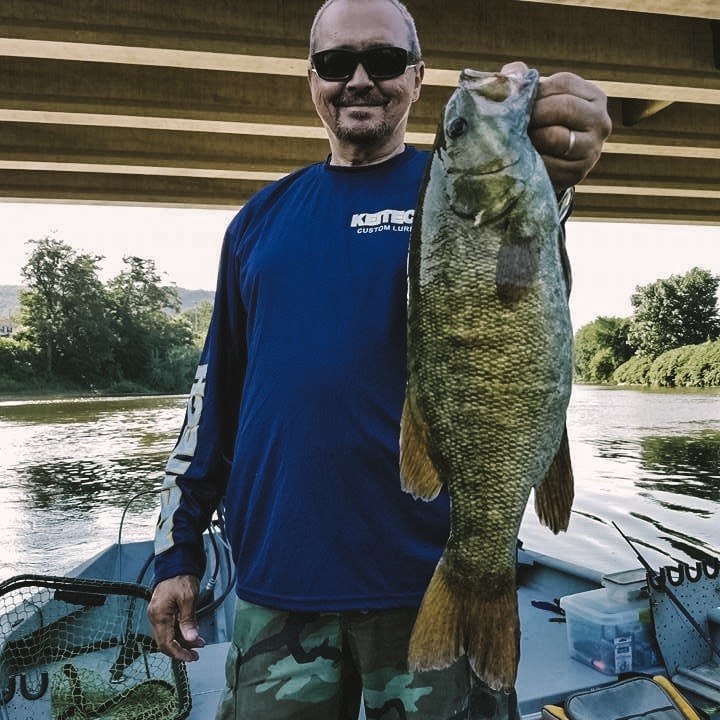


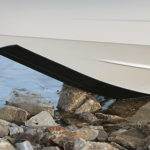

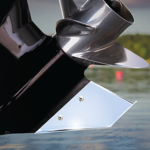

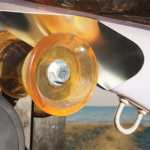
Comments